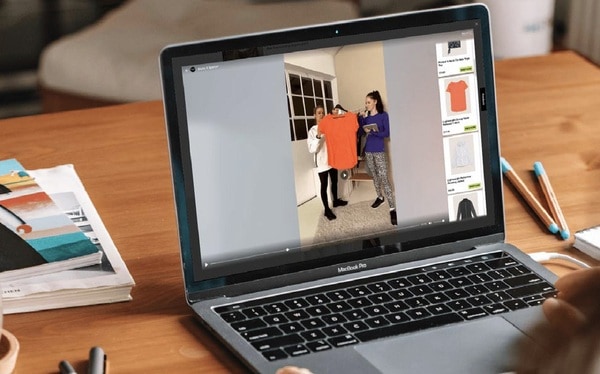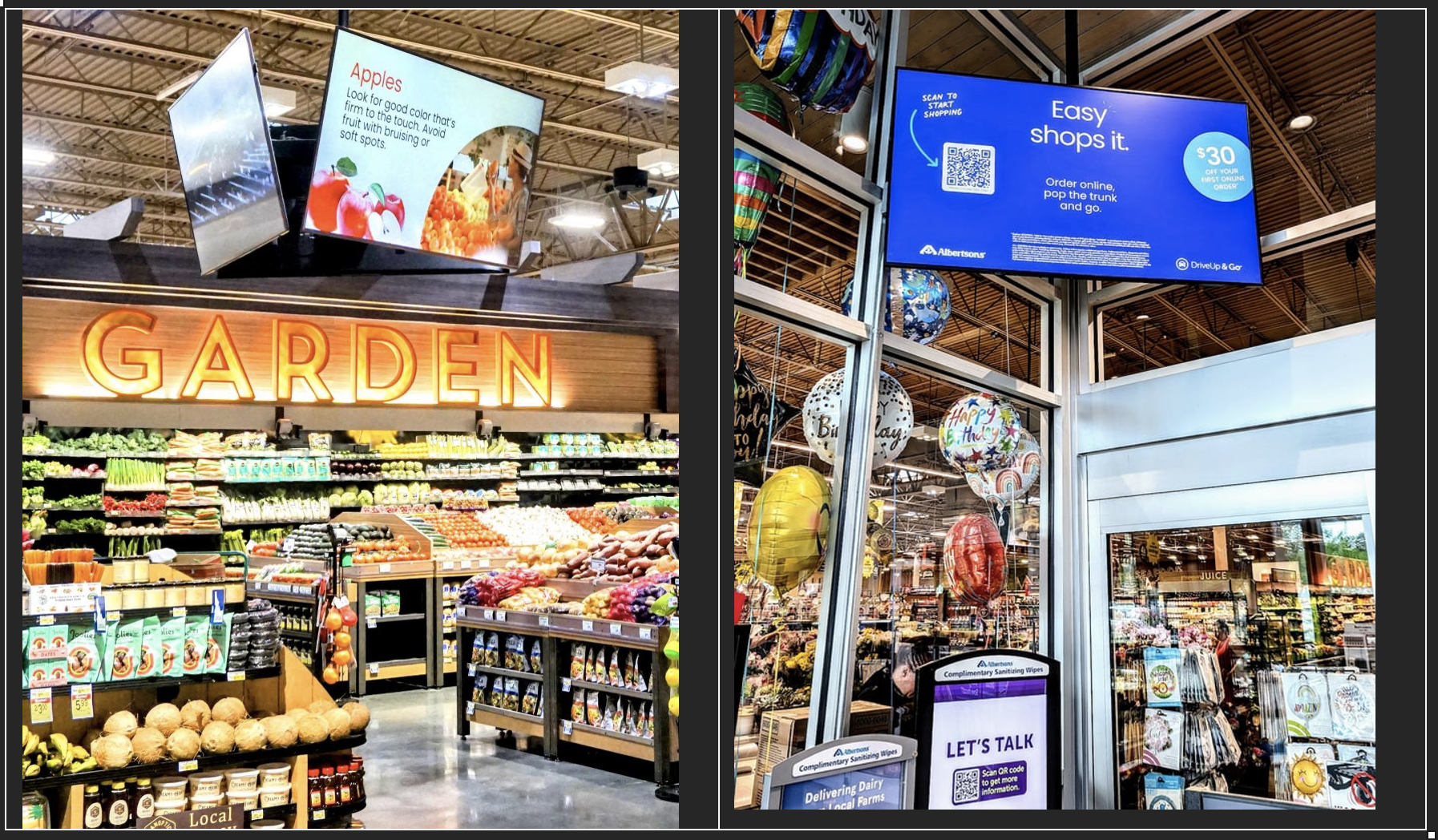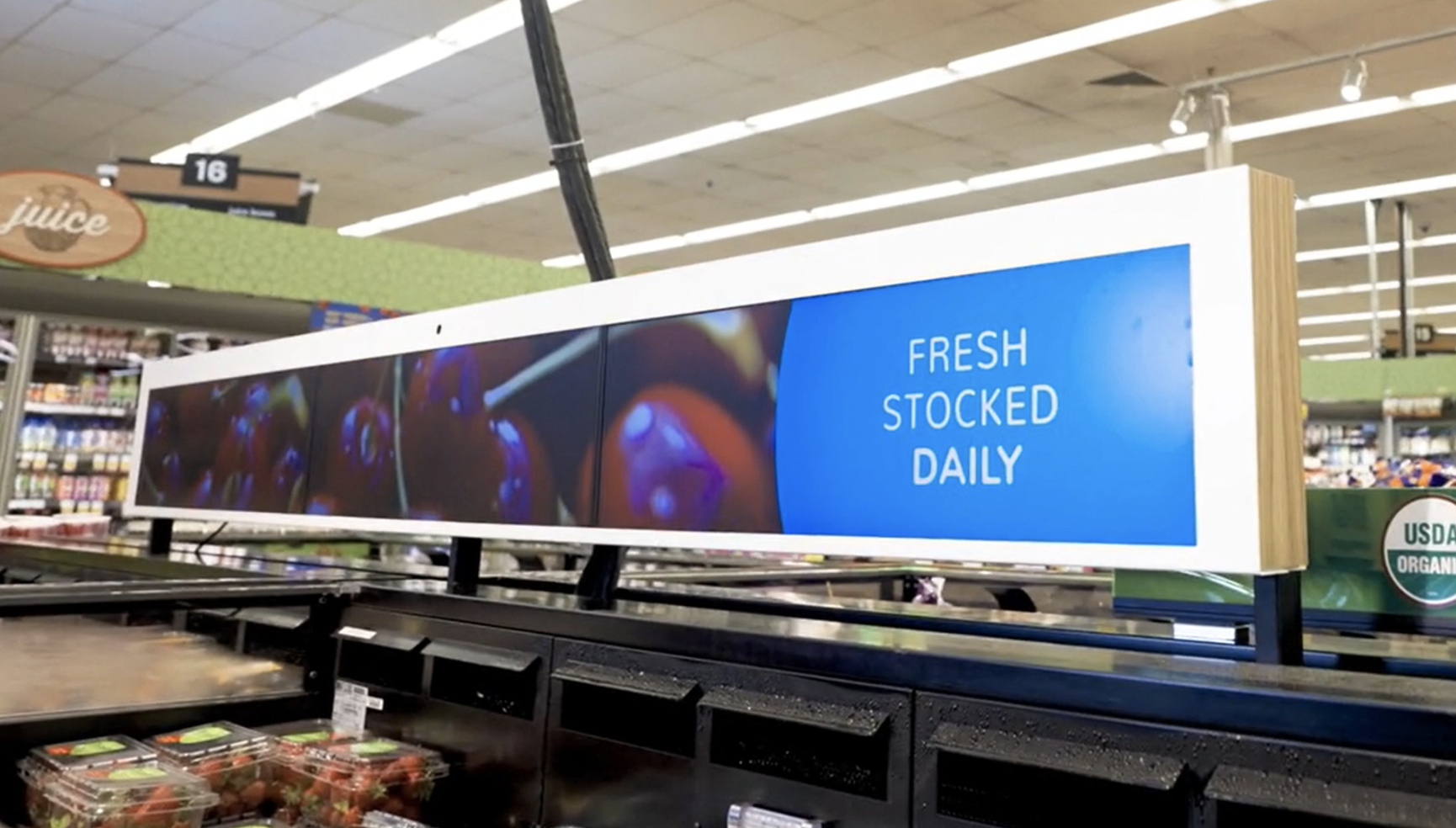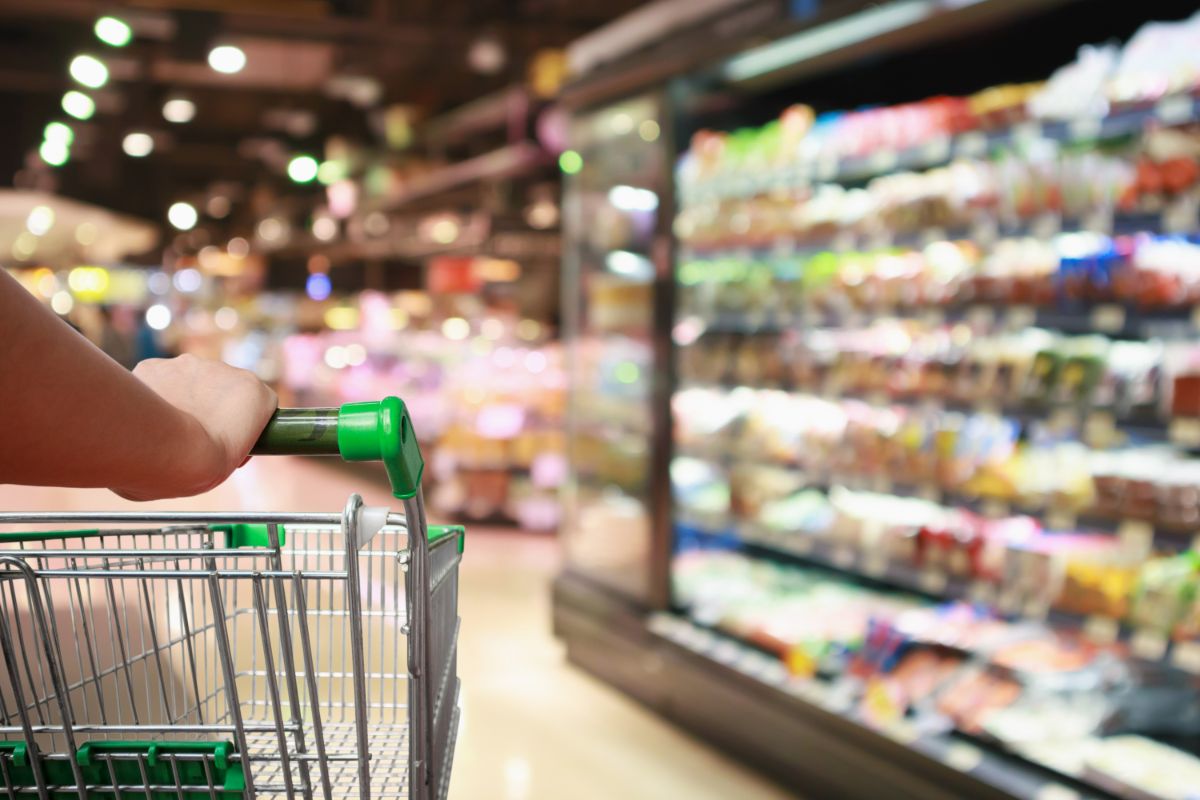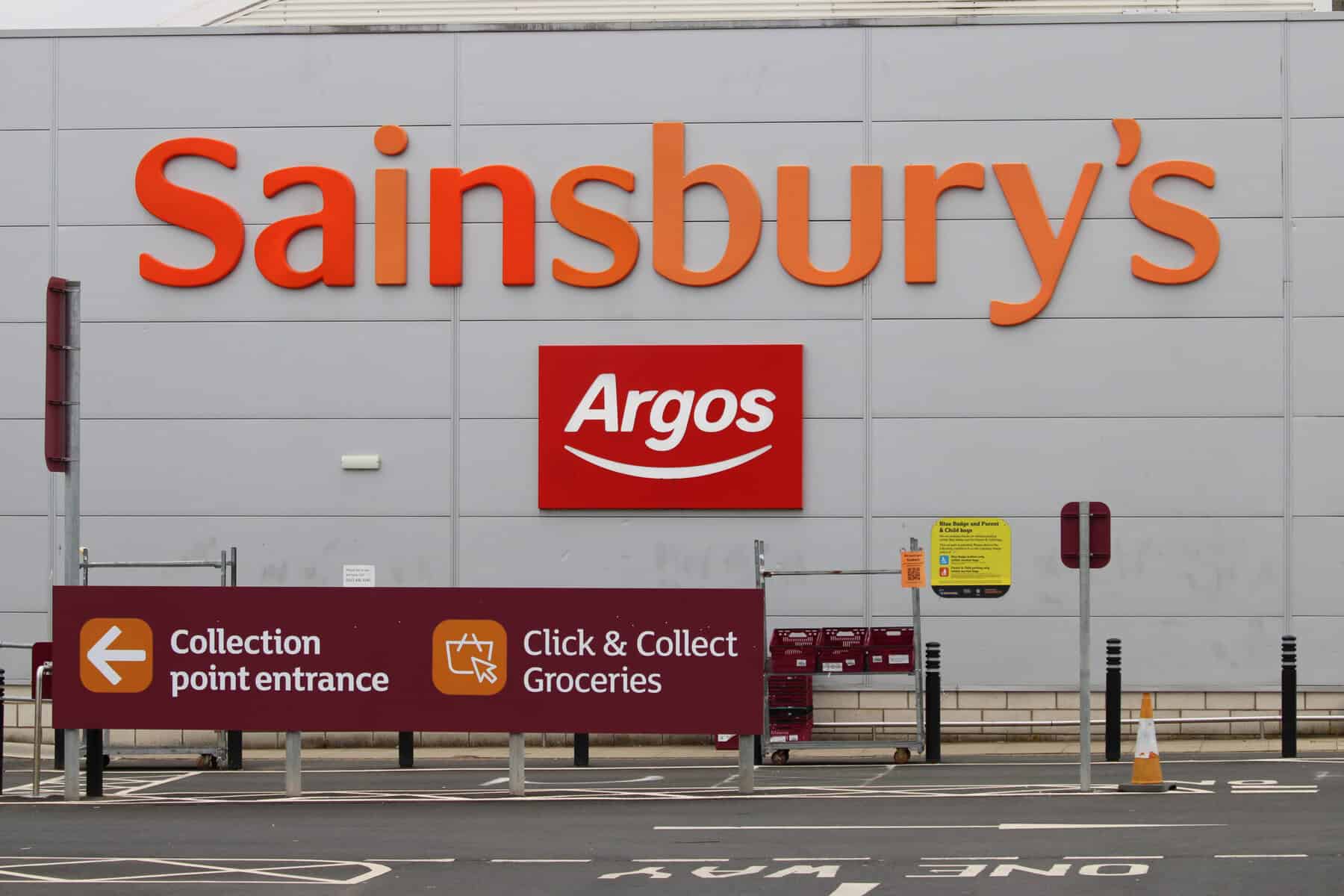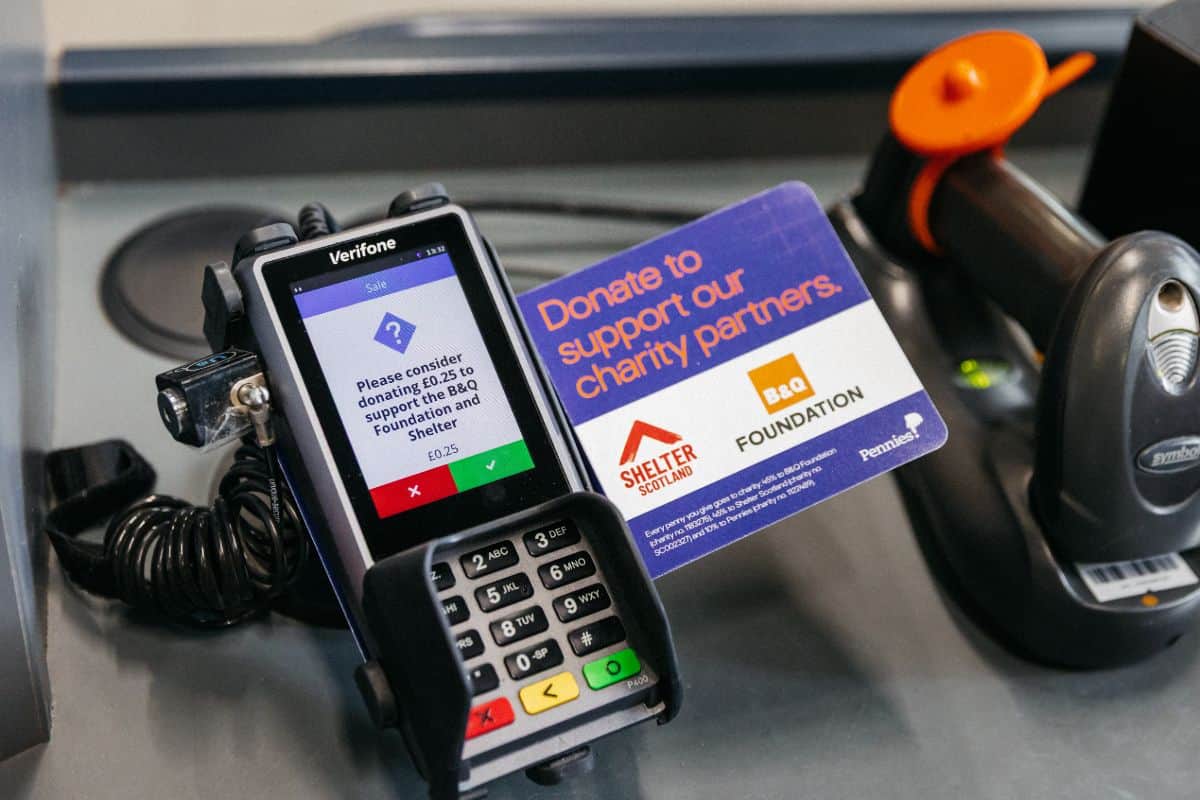The RXUK Top500 report 2022 tracks the performance of the UK’s leading ecommerce and multichannel retailers and brands, with a keen focus on how these sellers are changing the way they serve consumers against the backdrop of the pandemic.
Chloe Rigby considers how Top500 leading retailer Marks & Spencer is merging digital services with the instore experience, while taking in-store services online.
Marks & Spencer’s move to launch live shopping on its website was just the most recent step in its journey to improve the customer experience for shoppers buying its clothing and homewares online. Live shoppers taking part in sessions that started in January 2022 can see products demonstrated live online and ask questions to two presenters, with the opportunity to buy direct from the livestream. When the service was trialled ahead of launch, M&S found that the service was highly engaging for customers, who typically stayed online for 75% of the time.
Stephen Langford, director of M&S.com, said at the time that its move into live shopping is the, “latest in a wave of new initiatives we’ve introduced to improve our customer experience.” The initiative reflects the popularity of live shopping in markets such as China. M&S cites McKinsey research suggesting that buying direct from a livestream now accounts for 17% of all ecommerce in China. Further research from Coresight and M&S’ livestreaming technology partner Lisa suggests it will be involved in between 10% and 20% of global ecommerce as soon as 2026. “It’s a global trend that responds to how much customers are using social media,” says Langford. “We all know how much more we’re scrolling and engaging with video content – at home or on the go. Live shopping puts our experts front and centre and gives them the ideal platform to share the M&S point of difference – in terms of both quality, design and innovation features.”
The shift to a multichannel customer experience
Back in May 2017, M&S envisaged a third of homewares and clothing taking place online, with the amount of store space given over to M&S clothing and homewares falling at the same time.
This has now largely been achieved, although the target has subsequently been raised to 40%. In results for the first half of its current financial year, the six months to 2 October 2021, the retailer reported clothing and home online sales growing by 60.8% to account for 34.4% of revenue in those categories. Overall revenue came in at 5.1bn, of which 1.5bn was from UK clothing and home sales and the balance coming from in-store food sales ( 3.1bn) and international (435.3m) sales, M&S reported a half-year pretax profit of 187.3m. It makes most of its online food sales via joint venture partner Ocado.
In those half-year figures, M&S said it was planning to have a full-line estate of about 180 stores, reflecting “the accelerated channel shift post-pandemic”, which, at the half-year meant around 100 large stores were yet to close. While some would relocate to new sites, others would become food-only stores. Of the 180 stores it aims to have in the future, about 100 will be in “prime retail markets” such as upmarket shopping centres, while 80 will be in “core markets”. M&S’ stores have played an important part in the shift online.
By 2019, 75% of M&S online orders were picked up in-store, with a third picked up from a Simply Food store. The advent of Covid-19 further stepped up the pace of change as the retailer shifted to a ‘never the same again’ transformation strategy. M&S has now closed a number of its larger stores that feature clothing and home floorspace, while adding new Simply Food stores, where shoppers can pick up or return their homewares and clothing orders. Store-based fulfilment was 57% larger in the first half of this year than in the same period in 2019/2020, accounting for 9% of click and collect sales.
Speaking on the RetailX RetailCraft podcast in summer 2021, Langford said that the focus was on finding ways to add “genuine value to customers, not just transactional experiences but value added services and experiences”.
Taking in-store online, and vice versa
M&S has used a range of approaches to bring digital in-store and to take in-store service online, such as with the live shopping example. Its in-store digital click and collect service supports selfservice returns – a feature that M&S said had been used some 70,000 times by the end of January 2022. In-store services have also been taken online. These include one-to-one online consultations. M&S says that more than 28,000 have taken place online over the last nine months, while up to 900 virtual bra-fit appointments take place every week.
A key way to access these services is through the M&S App, which is now used by more than 3m people. M&S said in its half-year figures that mobile accounts for about half of online orders, with almost half of them generated through the M&S App. Mobile has also proved to be a useful way to take online services into stores. Online services taken in-store include the M&S Scan & Shop mobile shopping service, used by more than 60,000 people a week who use mobile devices to pay in-store. “We have absolutely embraced the two channel approach,”
Langford told the RetailCraft podcast. “There’s always been a level of competition between channels but that’s something that has truly been broken down as a result of the last 12 months.” He added: “Customer experiences across our channels feels like it’s not the hard yards that it’s always been historically.”
Loyalty, he said, is at the heart of multichannel services. In its latest update, M&S said that its Sparks digital-first loyalty scheme had more than 14m members in January 2022, with 1.1m members engaging with its Sparks advent calendar in early December 2021. More than 50,000 watched Sparks Live events, from cook-alongs to fashion previews. The retailer is still on its journey towards multichannel retailing but increasingly, that seems to be a profitable one that is engaging its customers.
This article was originally published in the RXUK Top500 2022 report. Discover more about how Top500 retailers, including Amazon, Superdry and IKEA are transforming the way they sell by downloading the full version here.
